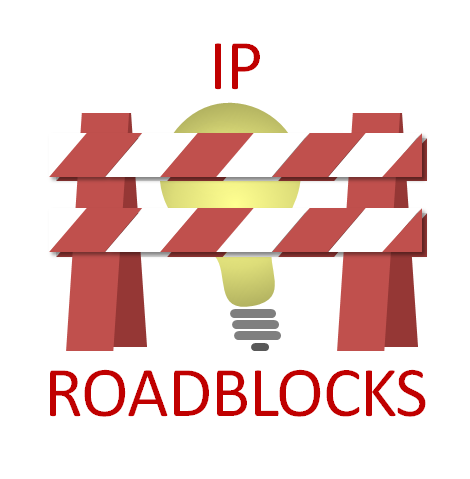Avoiding IP roadblocks and exploiting gaps in the competition’s IP position
POSTED BY Bill Petrow and Cody Barrette AT 9:43 A.M. Sep 2, 2015
When developing an intellectual property (IP) strategy for new product development (NPD) – it’s best to start with the end in mind by looking for potential IP roadblocks up-front that may impact product release. Most often, IP roadblocks are competitive patents that are unaccounted for and stand in the way of bringing product to market.

Some example questions that every business leader responsible for NPD should be able to answer include:
- How many patents do my key competitors own?
- What technical problems are these inventions solving?
- Are any competitive patents roadblocks for my NPD?
- Are these competitors litigious? If so, what are the results of these litigations?
ipCG’s approach to supporting NPD puts emphasis on an initial IP roadmap. This provides an inventive work-around of the competitive IP so that there is less risk of a showstopper later on in product development when a product clearance is conducted. This IP roadmap can provide valuable insight regarding the IP that surrounds the overall technology space by identifying the competitive patents that correspond to specific product features or functions that should be avoided. Avoiding these IP roadblocks up-front can equate to less wasted time, effort and financial resources in NPD.
Additionally, an IP roadmap may provide other, more strategic benefits such as finding development opportunities by identifying gaps in the competition’s IP positions. Many competitive patents are of the type that protect only one of many possible solutions to a common problem of the art. In a product area with many substitutes, this IP may preserve the competitors’ freedom to operate, but it does not exclude others from practicing a different approach.
Key product features, however, are a different matter. Key product features are often important product differentiators in that they provide a true competitive advantage, often leaving little wiggle-room for alternative approaches. For a new entrant in the market, finding any wiggle-room may be the difference between innovation and obsolesce.
For this reason, one essential component of the IP roadmap is associating the key competitive product features to the patents that support them, using an IP version of reverse-engineering. The resulting product-to-patent mapping provides intelligence on the major technical hurdles addressed by the patent that support the key product features. This map may also provide clues to the competition’s future development path, as these patented-protected product features are likely to be an area where industry players will continue to innovate in order to maintain or gain a competitive advantage.
In addition, the product-to-patent mapping provides a view of the alignment of the competitor’s products to their overall IP portfolios providing insight into the viability of the competitor’s IP strategy. In general, a large misalignment between products and patents indicates a generally weaker IP strategy. In a recent study of medical device companies, ipCG found that 71% of one company’s sales fell into a particular device area; however, only 31% of their current patent portfolio covered that same device area. A deeper mapping effort in that space would indicate where their IP strategy would benefit from greater focus and investment.
An IP roadmap is an important tool in reducing risk and cost in NPD. By gaining a better understanding both product differentiators and the problems to be solved to support the key product features, IP roadmap can help jump-start NPD by exploiting gaps in the competition’s IP position. It can also reveal the IP positions of key competitors, allowing companies to avoid any IP roadblocks early in development and more efficiently utilizing R&D and engineering efforts.
An IP roadmap is one part of comprehensive IP intelligence, that includes other services such as documenting business issues (ipBusiness IssuesSM), developing a custom graphical communication framework (ipLandscape®), studying and extracting insights from patent literature (ipMiningSM and ipAnalytics®), and assessing strength metrics of patent portfolios (ipDimensional Scoring®). Contact us to discuss your specific challenges and opportunities on improving the front end of your NPD activities.

